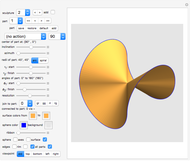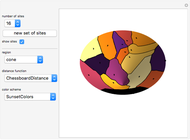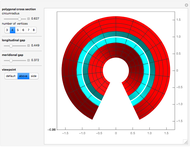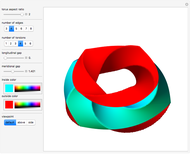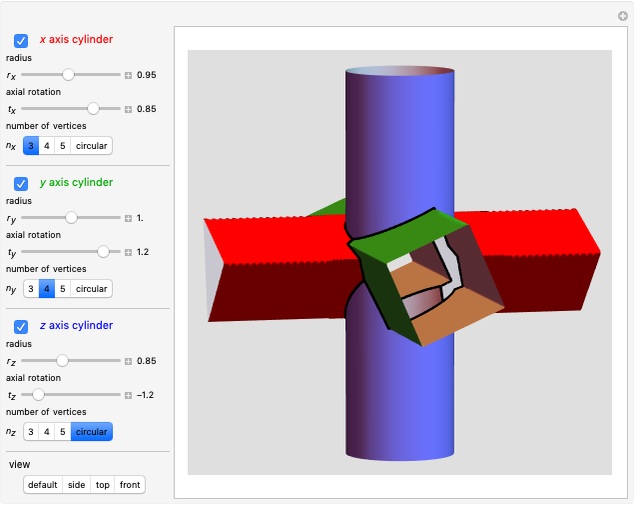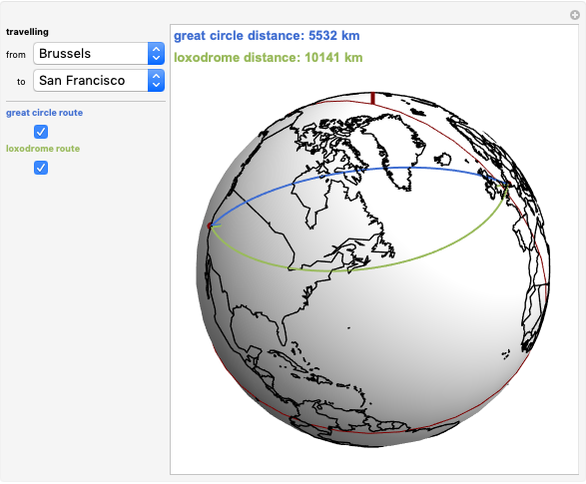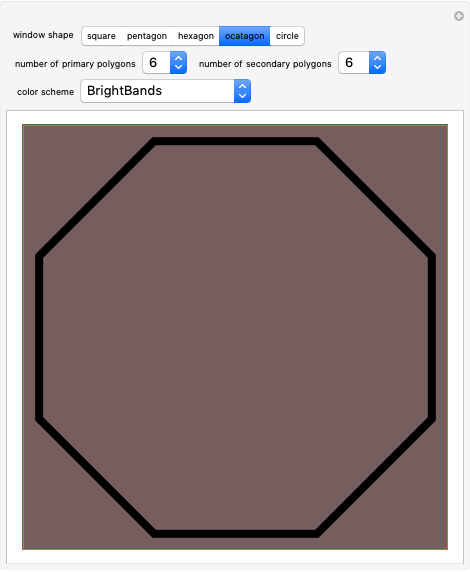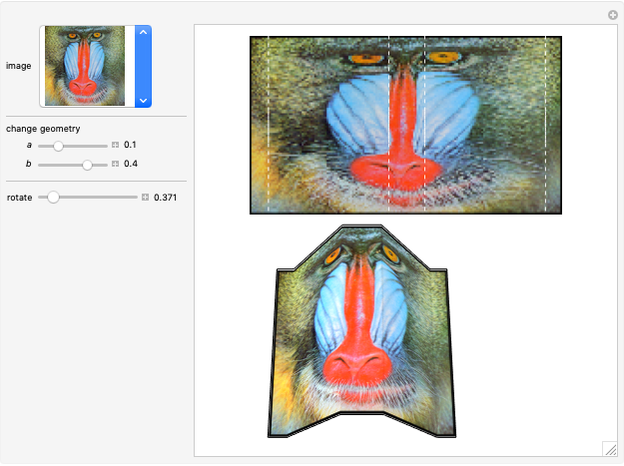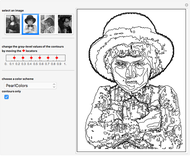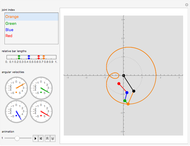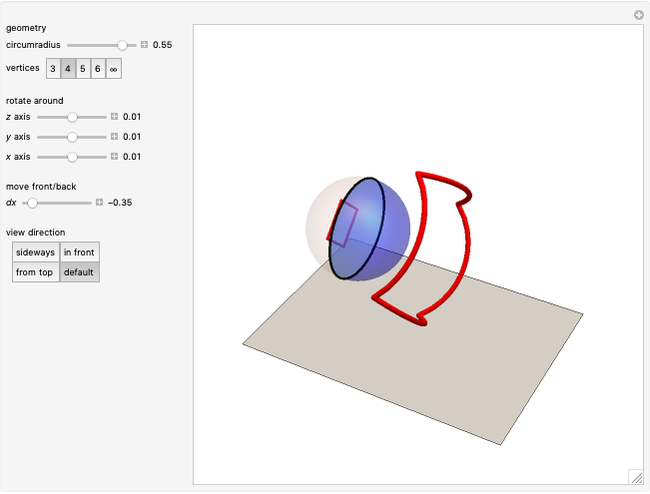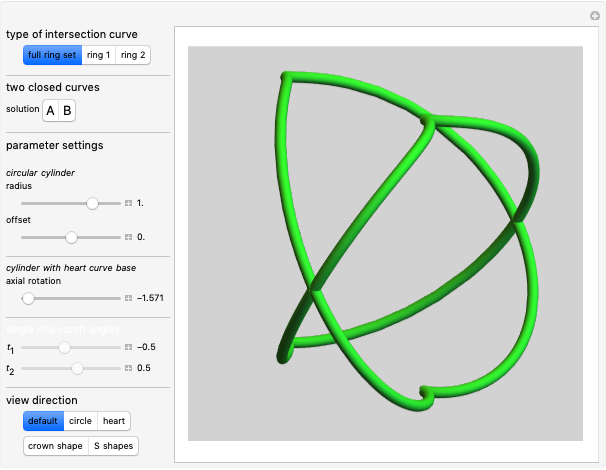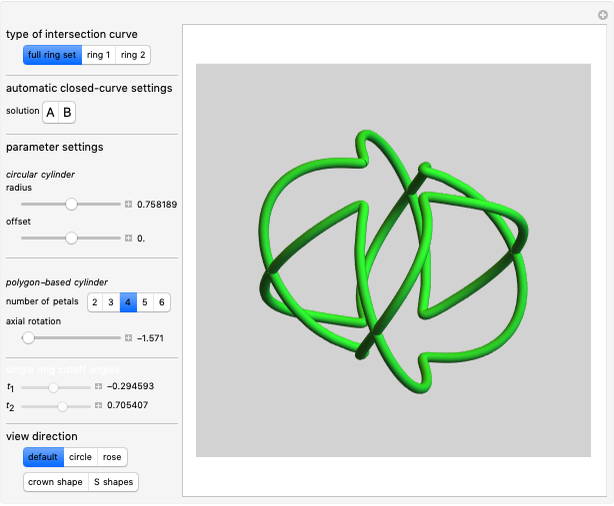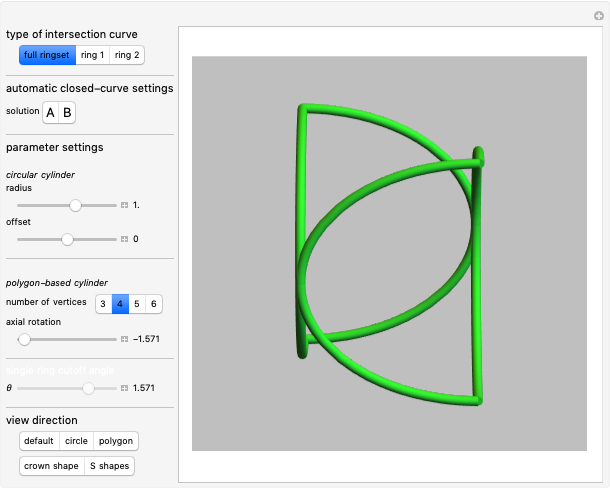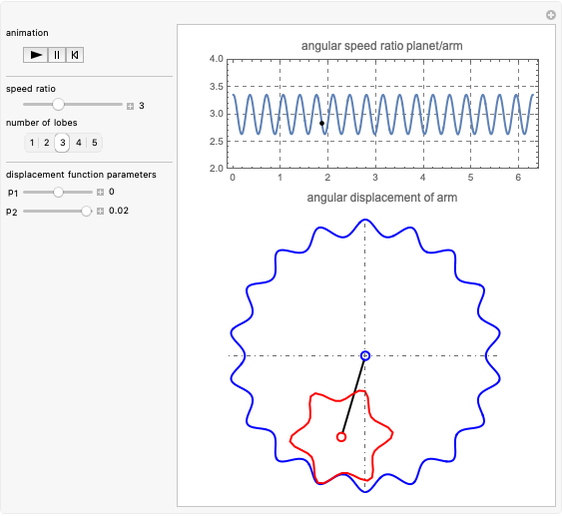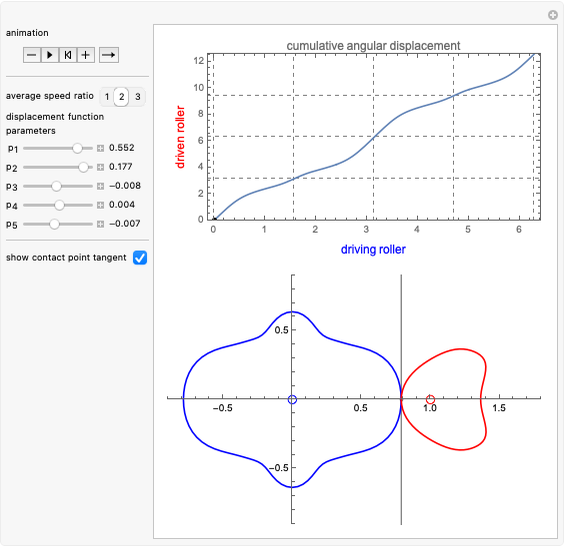Intersection of Three Polygonal Cylindrical Surfaces

Requires a Wolfram Notebook System
Interact on desktop, mobile and cloud with the free Wolfram Player or other Wolfram Language products.
Using the Wolfram Language built-in functions RegionFunction and MeshFunctions, we can construct cylindrical surfaces with pipe connections.
Contributed by: Erik Mahieu (August 2022)
Open content licensed under CC BY-NC-SA
Snapshots
Details
The right cylindrical surfaces are centered along the  ,
,  and
and  coordinate axes.
coordinate axes.
The cross sections of the cylinders are regular polygons.
The radii of the cross sections are  ,
,  and
and  .
.
The number of vertices of the cross sections is  ,
,  and
and  . If
. If  , we get a circular cylinder.
, we get a circular cylinder.
The offset rotations around the axis of the cylinders are  ,
,  and
and  .
.
Each cylinder can intersect two other perpendicular cylinders.
A realistic presentation of the three cylinders must include the holes cut into each cylinder at the cross section with its two neighboring cylinders.
This is achieved using RegionFunction: for each cylinder, its RegionFunction regioFn defines the incisions cut by the other two cylinders perpendicular to its axis; regioFn takes the following arguments:  is the coordinate along the cylinder's axis and
is the coordinate along the cylinder's axis and  is the coordinate along one of its perpendicular axes;
is the coordinate along one of its perpendicular axes;  ,
,  and
and  are the number of vertices, the radius and the rotation of the intersecting cylinder.
are the number of vertices, the radius and the rotation of the intersecting cylinder.
Similarly, to define the boundary of the cylinder incisions, MeshFunctions is needed. This meshFn is regioFn with the Boolean Greater replaced by the operator Subtract.
Permanent Citation







